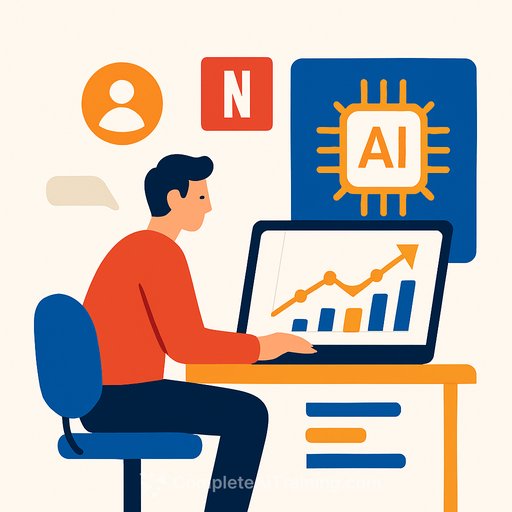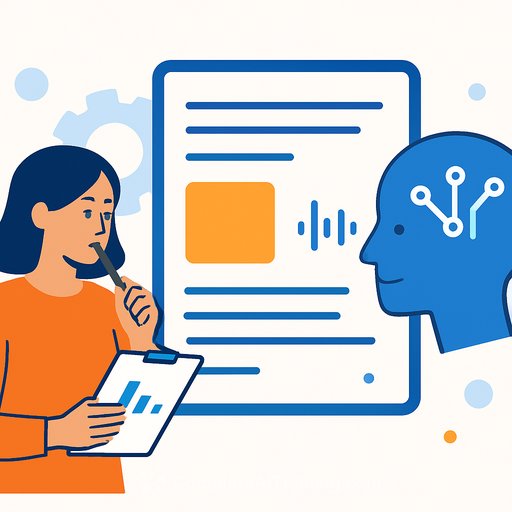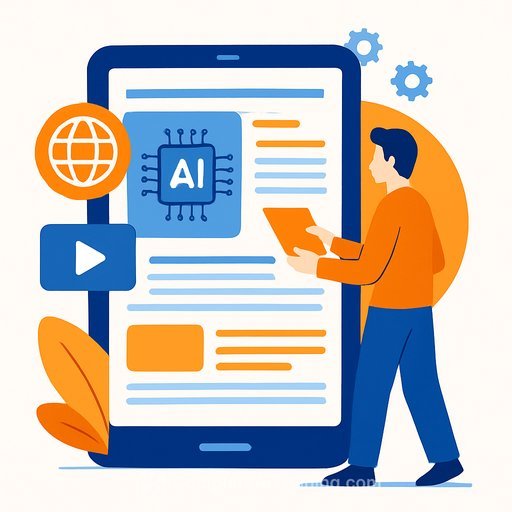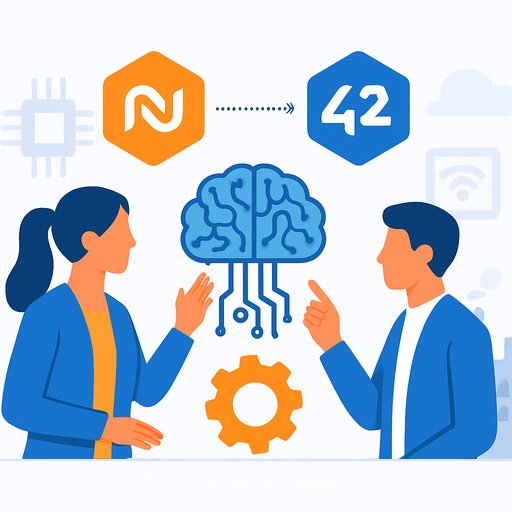Netflix's $700K Remote AI PM Role: What Product Leaders Should Take From It
Netflix is hiring a generative AI product manager to drive its internal Productivity Assistant, offering $240,000 to $700,000 per year for a fully remote role. The job, posted Sept. 23, focuses on applying AI to boost personal, team, and organizational productivity.
This isn't a PR stunt. It's a signal: AI fluency is now table stakes for product teams, and companies will pay top dollar for PMs who can turn AI from demos into measurable time savings at scale.
What the job actually requires
Netflix wants a product manager who can combine product instincts with strong AI literacy and cross-functional leadership. Highlights:
- 6+ years in product management, ideally with enterprise products.
- Working knowledge of ML concepts: training, fine-tuning, embeddings, and evaluation metrics.
- Hands-on experience shipping generative AI solutions (not just pilots).
- Strong change management skills to drive adoption across teams.
- Close collaboration with engineering; clear tradeoffs between feasibility and business impact.
- Ownership of product strategy for the Productivity Assistant, plus user research and experimentation with prompts and conversational interfaces.
- Alignment with company values on safety, fairness, and transparency; collaboration with legal, privacy, and ethics.
Inside Netflix's Productivity Assistant
Unlike Netflix's consumer-facing recommendation systems, this suite targets internal efficiency across ~13,000 employees. It removes friction from daily workflows and gives time back to the organization.
- Universal Search: A Google-like internal search that cut waste from employees spending 18% of their time (about 416 hours per year) looking for information-people, policies, legal/compliance docs, and even code across teams.
- Intelligent Support: AI bots handle routine IT and ops requests across roughly 150,000 annual internal tickets (e.g., laptop provisioning, VPN access).
- Feedback at Scale: Generative AI pilots summarize up to 40 pieces of peer feedback per cycle into clear themes and help employees write more constructive feedback.
Why the pay is high
AI PMs are in short supply, and most companies struggle to translate AI into measurable outcomes. Senior roles often pay $150,000-$200,000 elsewhere, with top-tier roles reaching much higher. Netflix offering a fully remote option widens the talent pool and signals confidence that outcomes matter more than office presence.
What product leaders can learn (and apply now)
- Start with time saved. Measure hours returned to the business per employee and per workflow.
- Prioritize a unified internal search with strong retrieval (embeddings + permissions) before fancy assistants.
- Automate high-volume, low-variance requests (ticket deflection, knowledge routing) to free up expert time.
- Turn culture into product. If feedback is core to your company, build AI that improves quality and speed of feedback loops.
- Bake in guardrails: privacy-by-design, safety checks, bias monitoring, and transparent model behavior.
- Own adoption. Plan enablement, training, incentives, and communications as part of the product.
- Treat prompts like product. Version them, A/B test, evaluate accuracy, and log failures.
- Make tradeoffs explicit. Latency vs. accuracy, cost vs. quality, generality vs. task-specific reliability.
KPIs that matter
- Hours saved per employee per quarter
- Search success rate and time-to-answer
- Ticket deflection rate, time-to-resolution, and CSAT/ESAT
- Adoption: DAU/WAU, retention, and query/session depth
- Cost per AI interaction vs. human-handled cost
- Safety: hallucination rate, factual accuracy, privacy incidents
- Performance: response latency, throughput, and availability
A simple roadmap to ship internal AI tools
- Discovery: Map top time sinks; shadow users; quantify baseline metrics.
- Data + Privacy: Inventory systems, define access controls, set logging and redaction policies.
- Prototype: Start with one or two high-volume use cases (search, ticket triage). Ship fast.
- Evaluate: Establish offline and online evaluation; monitor quality and user satisfaction.
- Scale: Expand coverage (content sources, teams), harden guardrails, optimize cost.
- Enablement: Playbooks, office hours, internal champions, and success stories.
- Iterate: Treat prompts, retrieval, and UI like live product surfaces; improve weekly.
Skills to build as a PM
- Prompt and interaction design for task reliability
- Evaluation: test sets, metrics, and failure analysis
- LLMOps basics: retrieval, grounding, monitoring, and observability
- Change management and internal marketing
- Data governance, privacy, and policy fluency
- Experimentation and metric design tied to business outcomes
Career next steps
If you're building these skills, focus on applied practice: ship small, measure, iterate. For structured learning paths and certifications relevant to product roles, explore these resources:
Bottom line: Netflix is betting on PMs who can turn AI into measurable productivity. If you can prove time saved, adoption, and quality at scale, the market will reward you.
Your membership also unlocks:






